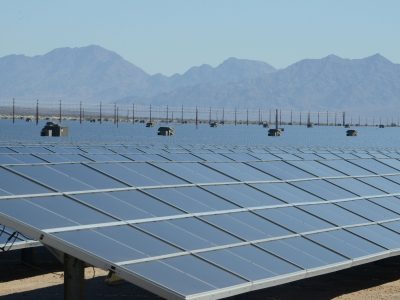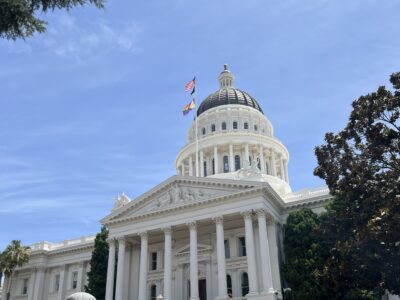Dueling Laws and the Clean Power Plan
EPA has shifted its position toward more readily defensible ground.
One of the most serious legal challenges to EPA’s Clean Power Plan — and probably the only one that could completely derail it — involves an exceptionally abstruse legal issue. When Congress tried to amend an obscure part of the Clean Air Act, someone screwed and two different versions were included in the final law. That wouldn’t matter except this previously obscure provision is the legal basis for EPA’s plan to regulate carbon emissions from existing power plants. If this issue seems a bit arcane, that’s because it is. But here goes anyway.
The provision in question, section 111(d) allows EPA to regulate emissions of pollutants that are not covered by section 108 (pollutants covered by national air quality standards) or section 112 (toxic chemicals). When, as part of a 1990 overhaul of the entire statute, Congress amended 111(d) to clarify the “section 112 exclusion”, he two houses of Congress passed different versions that both found their ways into the law. The Senate version calls for regulation for any air pollutant that is not covered by section 108 or listed under section 112. Since carbon dioxide falls in neither category, it is clearly covered by section 111(d).
The problem is the House language. It excludes any pollutant ““emitted from a source category” that is regulated under section 112. Industry argues that since the “source category” of power plants is regulated under section 112 as to mercury emissions, carbon dioxide from power plants is excluded from section 111(d) coverage. EPA formerly argued that the two versions of the rule were inconsistent and that the Senate version should control. In the final version, it attempts to harmonize the two sections by reading the House version to apply only when the same pollutant is regulated for that category under section 112. This would allow the two sections to be read harmoniously. Together, they would exempt from section 111(d) any hazardous substance covered by a regulation of that type of source under section 112. EPA’s main argument for this position is based on statutory purpose: it reads 111(d) as a gap filler, designed to ensure that serious air pollution didn’t fall through the cracks of the statute’s other provisions. Industry’s interpretation would allow some dangerous emissions to escape regulation entirely.
What the Supreme Court will make of these conflicting arguments remains to be seen. But I think EPA was wise to try to reconcile the two sections rather than arguing that the Senate version trumps the House version. First, the Supreme Court has been sharply divided about whether Chevron deference applies when an agency picks one conflicting provision over another. (Chevron deference means that the agency’s interpretation gets the benefit of the doubt.) This was a flashpoint in an immigration case a couple of years ago, and it’s not clear what the majority view is. Better to avoid that issue and hope to take advantage of Chevron to bolster EPA’s position. Second, EPA’s approach closely parallels the approach taken by Chief Justice Roberts in the Obamacare case. This provides some hope of picking up his vote on the 111(d) issue.
My gut feeling is that the industry argument is trying to make too big a case turn on too small a technicality. For that reason, I would bet against industry winning on this one. But it all comes down to what Kennedy and maybe Roberts think of the issue, and that’s never easy to predict.
Reader Comments
One Reply to “Dueling Laws and the Clean Power Plan”
Comments are closed.







Dan said;
“….My gut feeling is that the industry argument is trying to make too big a case turn on too small a technicality…..”
Dear Dan,
Once again, you missed the point entirely. The “small technicality” is the fact that Clean Power Plan offer no guarantees, no surety (not even a convincing lie) that it would have any benefit at all in actually mitigating, reducing, or anyway effecting the global climate. It is a complete and total scam – all cost and no benefits. Those who support the CPP do not care whether it works or not, nor how much it cost, nor who gets hurt by their enormous stupid incompetence. The CPP will likely be the first load of crap that gets flushed down the toilet after the next election. The CPP has not been published in the Federal Register so it is not yet law, and it may never be. Curse the the EPA and all of its minions who repeat big fat lies.